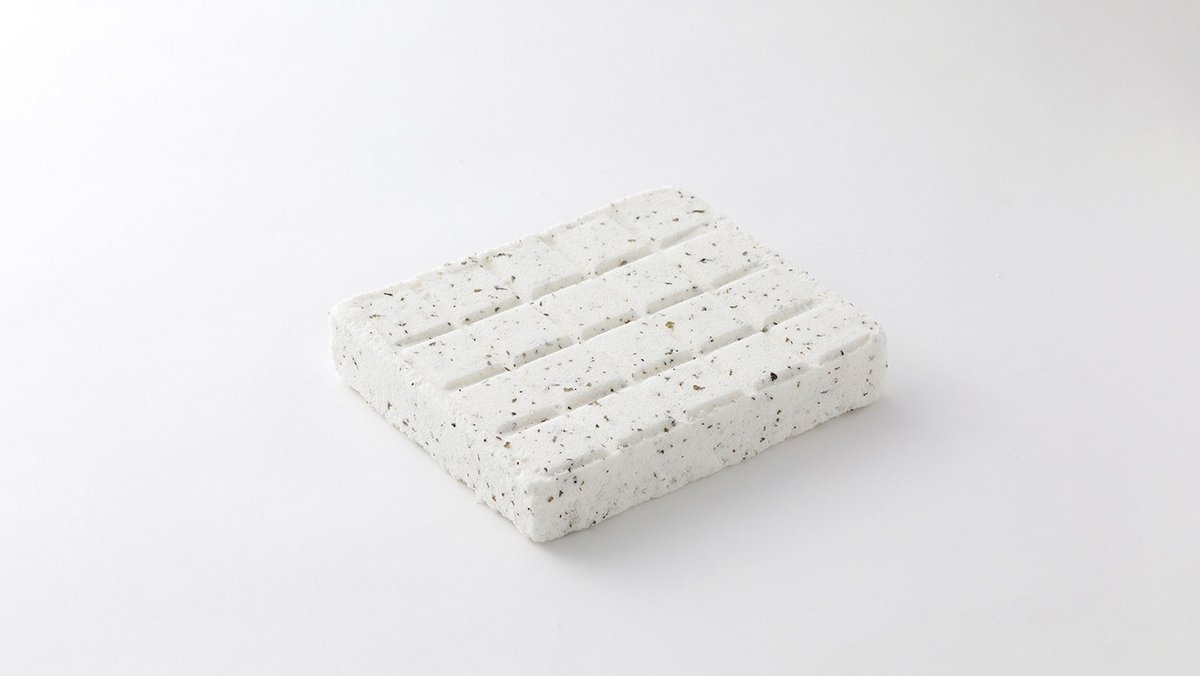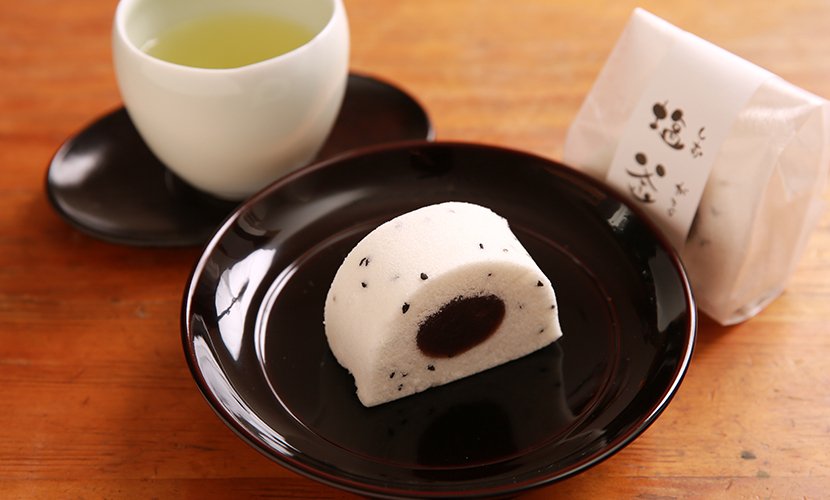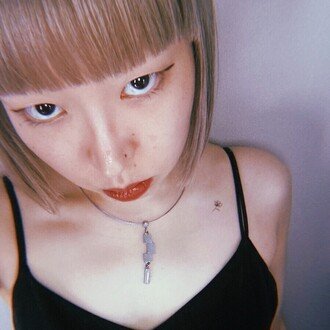
Dig Japan vol.46 “Shiogama (塩釜)”
Dig Japan is a series in which I research and introduce in English topics related to traditional Japanese culture that interest me. In this article, I will introduce shiogama.
Shiogama is wagashi made by mixing glutinous rice with sugar, salt, starch syrup, shiso (perilla), etc., and then molding it like rakugan, and is classified as higashi (dried confectionery). It is known as a representative confectionery of Shiogama City, Miyagi Prefecture, and although its origin is unclear, it is said that Shiotsuchioji, who is enshrined at Shiogama Shrine in Shiogama City, taught how to make it.

Shiogama is similar to rakugan and is a type of “uchimono” made by pressing with a wooden mold. It is made by mixing rice flour, white sugar, a small amount of salt, starch syrup, and yukari (perilla leaves) and kneading it, pouring it into a mold and letting it harden. In the past, it was seasoned with moshiogusa (eelgrass), but now it is mainly filled with azuki bean paste. Shiogama is also written as “shihogama.”
The origin of shiogama is unclear, but there is a legend that during the Edo period, Shiotsuchioji, the deity of Shiogama Shrine, taught how to make shiogama and how to make salt using seaweed. In 1720, during the mid-Edo period, Tanrokuen, known for its famous confectionery “Shihogama,” which continues to this day, was founded, so the history of shiogama is thought to have begun in the Edo period. It is also said that Kisaburo, the first generation of Echigoya, presented it to the lord of Sendai in 1769.

The early shiogama had little sweetness or flavor, and did not use sugar or salt. Instead, it was made by adding glutinous rice flour and moshiogusa and pressing it into a wooden mold. Later, the current Shiogama was established, in which sugar and salt were added and yukari (perilla powder) was sprinkled on top to enhance the flavor. Shiogama can be enjoyed not only in Shiogama City, but all over Japan.
This article was written by 𝐡𝐢𝐫𝐨𝐤𝐨, working as a freelance translator and PR for overseas apparel brands in Japan, with the aim of broadening her own knowledge of traditional Japanese culture and spreading it to the world.
いいなと思ったら応援しよう!

